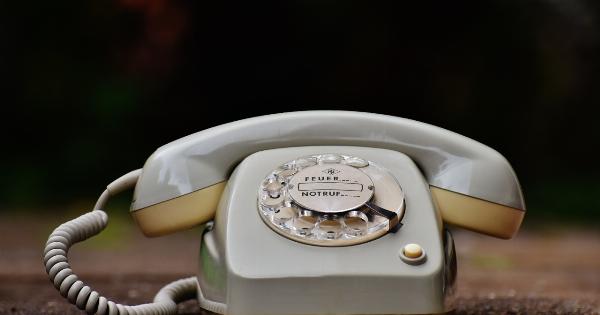Neonatal hypoxia, or the reduction of oxygen supply to a newborn’s organs, remains a significant cause of morbidity and mortality in the neonatal population.
Despite advances in obstetric and neonatal medicine, the management of neonates with hypoxia remains challenging. Recently, there have been new developments in umbilical cord therapy as a potential treatment option for neonates with hypoxia.
What is Umbilical Cord Therapy?
Umbilical cord therapy involves the use of stem cells from the umbilical cord for therapeutic purposes.
Umbilical cord blood is rich in hematopoietic stem cells and has been used to improve outcomes in certain conditions such as leukemia, anemia and immune disorders.
A recent study showed that delayed cord clamping, which allows for the transfer of a higher volume of umbilical cord blood to the newborn, has been associated with better neurodevelopmental outcomes compared to early cord clamping.
Umbilical Cord Therapy for Neonatal Hypoxia
More recently, umbilical cord therapy has been explored as a potential treatment option for neonates with hypoxia.
Current treatment options for neonatal hypoxia include mechanical ventilation, oxygen therapy, and ECMO (extracorporeal membrane oxygenation).
A pilot study conducted in 2017 explored the use of umbilical cord blood stem cell therapy in neonates with hypoxic-ischemic encephalopathy (HIE). HIE occurs when the brain is deprived of oxygen and nutrients, and can lead to permanent brain injury.
The results of the study showed that neonates who received stem cell therapy had improved neurodevelopmental outcomes compared to those who received standard treatment.
A systematic review conducted in 2020 also showed promising results for the use of umbilical cord blood stem cells in neonatal hypoxic-ischemic encephalopathy.
The review examined seven studies and found that umbilical cord blood stem cell therapy was associated with a reduction in mortality and improved neurodevelopmental outcomes.
How Does Umbilical Cord Therapy Work?
Umbilical cord blood stem cells have the ability to differentiate into various cell types and also have anti-inflammatory properties. In neonatal hypoxia, stem cells can potentially help regenerate damaged tissues and improve neurological outcomes.
Another potential mechanism of action is through the transfer of immune cells from the umbilical cord blood.
Some studies have shown that neonates with hypoxia have decreased levels of regulatory immune cells, which can lead to an inflammatory response and further damage to tissues. Umbilical cord blood stem cells can potentially help restore immune balance by transferring immune cells to the newborn.
Challenges and Limitations
Despite the promising results of umbilical cord therapy, there are still challenges and limitations to consider. Firstly, umbilical cord blood stem cells are a limited resource and may not be available for all neonates.
Secondly, safety and ethical concerns about the use of stem cells need to be addressed.
Thirdly, the optimal timing and dosage of umbilical cord blood stem cell therapy needs to be determined. Studies have used different doses and timing of therapy, and more research is needed to determine the most effective approach.
Conclusion
Umbilical cord therapy is a promising treatment option for neonates with hypoxia. The use of umbilical cord blood stem cells has shown potential for improved neurodevelopmental outcomes in neonatal hypoxic-ischemic encephalopathy.
Further research is needed to determine the optimal timing and dose of therapy and to address safety and ethical concerns.
As umbilical cord blood stem cells are a limited resource, it is important to explore alternative sources of stem cells for therapeutic use.



























